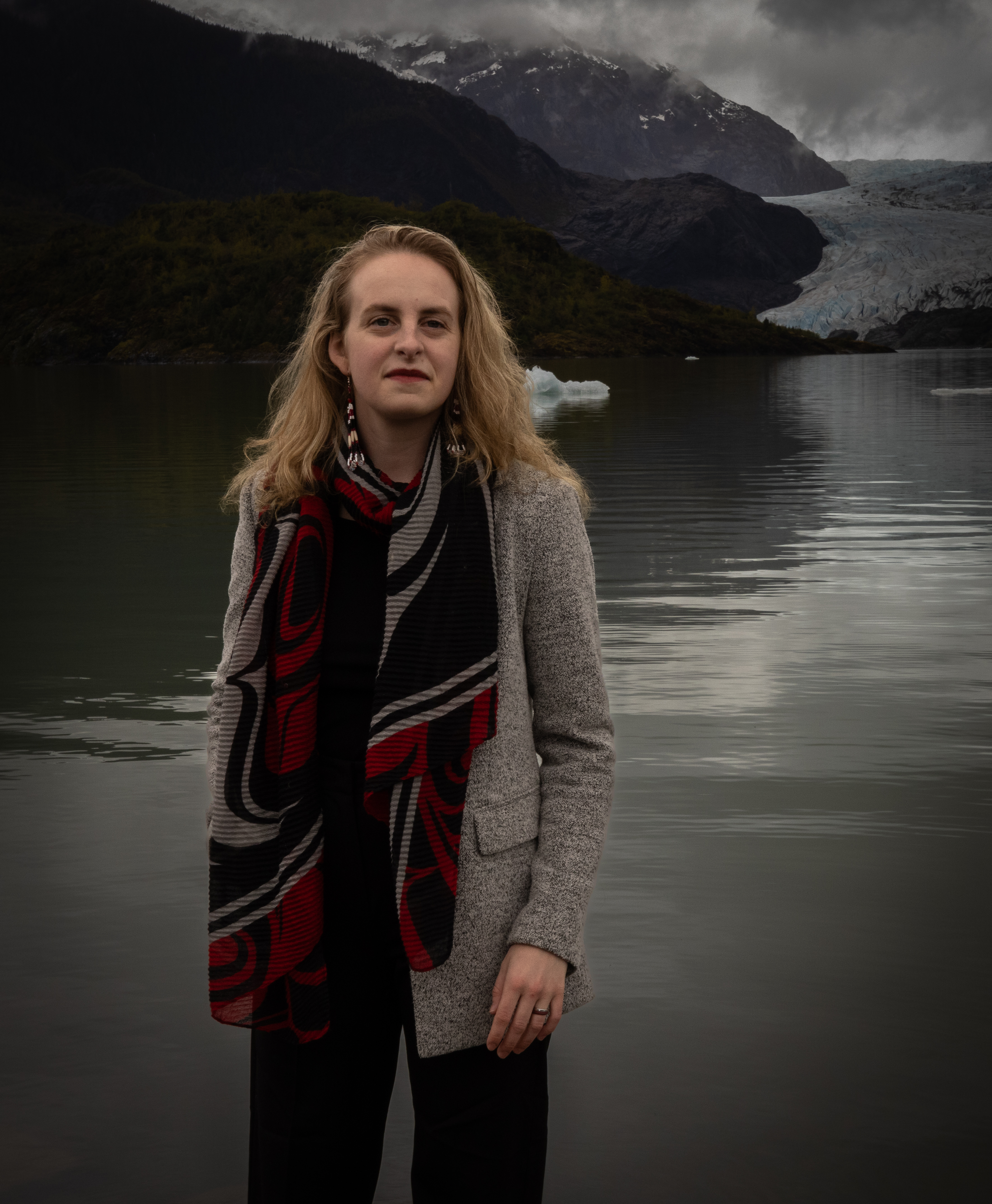Alaskan Energy Infrastructure (AEI) : Advancing Community Driven Renewable Energy
The Alaskan Energy Infrastructure (AEI) project is a statewide initiative—spanning urban, remote, and energy-challenged communities—designed to accelerate the transition to long-lasting, renewable energy infrastructure. In a state covering over 375 million acres and home to approximately 740,000 residents across more than 200 diverse communities, achieving energy stability in Alaska presents unique challenges. Many communities remain disconnected from centralized energy grids and face severe climate adaptation pressures. As such, the development of stable energy systems must be adaptable, collaborative, and grounded in data.
Just as Alaska once achieved long-term energy security through oil and gas, it now faces the opportunity—and responsibility—to build new energy infrastructure that ensures the same level of resilience for future generations.
Ariel Hasse-Zamudio
Executive Director

Professional Background
At Caltech, I pursued physics, studying energy and materials science. I participated in research projects including hydrogen storage for fuel-cell vehicles with Dr. Brent Fultz. At the National Renewable Energy Laboratory (NREL), I focused on improving perovskite solar cells for commercial applications. For my senior thesis, I worked with Dr. Harry Atwater, researching tin oxide electron transport layers supporting innovative energy solutions. I then served Alaskans as a Beckman Science Policy Fellow for Senator Dan Sullivan (R, AK). I provided legislative input and delivered updates to the Senator on environmental issues. Despite working for a pro-oil Senator, I gained valuable experience and served Alaska by advocating for data driven science policy. I discovered that sustainable living policies need local data and the support of advocacy groups in order to navigate the public policy arena. After graduating, I joined the Severn River Association (SRA) and Chesapeake Bay Foundation (CBF) to support conservation through water quality monitoring. I enjoyed collecting data, but wanted to influence my community and advocate for systemic change. My experience with the SRA reinforced my desire to take an active role in environmental protection. I later collaborated with the Chesapeake Bay Foundation (CBF). I advocated for long-term sustainable regulations on oyster harvesting, networked with other advocacy groups, and worked alongside other Science Policy Advisors.
Personal Story
Born and raised in Alaska’s Matanuska-Susitna Valley, I developed an early appreciation for community, public service, and the environment. As a student, I served in the Alaska Association of Student Governments and as a student representative on the local school board with now-Governor Mike Dunleavy, where I advocated for education policy. My interest in science and civic engagement grew through academic competitions and hands-on leadership experiences including starting a non-profit, fishing on the Kenai with my grandfather, and later on backpacking across Europe while attending Caltech. After spending the last decade studying and working in the Lower 48, I returned home with my partner following his military service. I now live and work in Southeast Alaska, bringing a background in environmental advocacy and public engagement to support communities across the state. My work is grounded in a lifelong commitment to Alaska’s people, landscapes, and future.
What I Do For AEI
Generating a Sustainability Assessment (SA) for a community will help identify key areas for improvement. In collaboration with residents, I will organize town halls to provide for public comments and increase visibility of the AEI initiative. I will design surveys and focus groups to assess the sustainability of each sector within the community. To address unique challenges, I will incorporate traditional knowledge and local perspectives. The project will culminate in the publication of a report aimed at environmental advocacy groups and legislators. I will leverage the AERN and grassroots organizations to support policy recommendations outlined in the Alaskan Energy Infrastructure Report 2025 (AEIR).